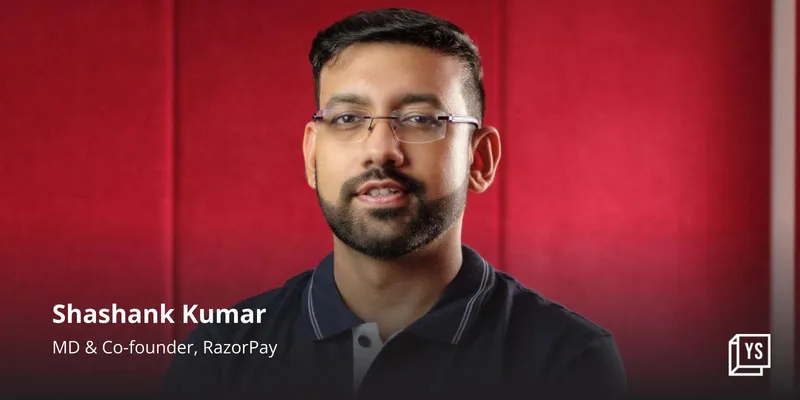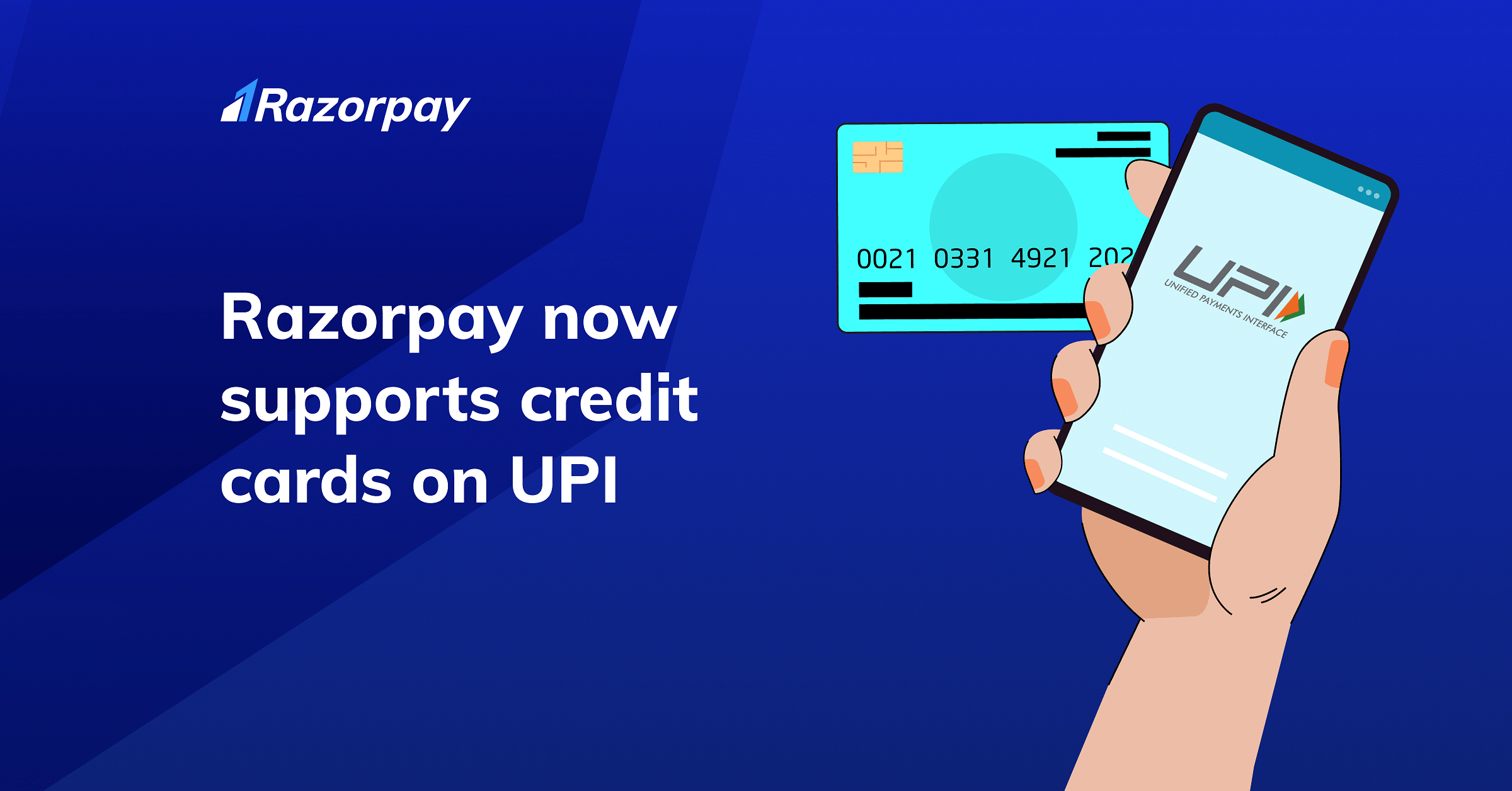Fintech startup on Monday announced that the platform is ready to support credit card transactions on Unified Payments Interface (UPI). The company said merchants can begin accepting credit card payments on UPI with minimal changes to their existing setup.
The development was rolled out in partnership with Axis Bank.
The offering comes after the Reserve Bank of India (RBI) earlier allowed credit cards to be linked to the UPI, starting with those issued by the National Payments Corporation of India (NPCI). In October, NCPI allowed the linking of RuPay credit cards with the BHIM UPI app.
Shashank Kumar, MD and Co-founder, Razorpay, said, “India is one of the very few countries which have been able to foster innovation through directional regulation. This decision undertaken by the NPCI and RBI is set to have positive implications for both consumers and merchants, where they can transact and accept payments via credit cards on UPI.”

Nalin Bansal, Chief of Corporate and Fintech Relationships and Key Initiatives, NPCI, said, “We are excited to partner with Razorpay to promptly facilitate acceptance of credit card payments through UPI on their large merchant base, supplementing NPCI’s goal of helping all RuPay credit card users. This will enable users to transact seamlessly with merchants across India on credit rails in line with the government’s vision to expand the structured credit infrastructure in India.”
At present, UPI enables customers to make transactions through their bank accounts. Approximately 250 million Indians use UPI for their day-to-day transactions, and nearly 50 million users have one or more credit cards.
Sanjeev Moghe, President and Head – Cards and Payments, Axis Bank, said, “We have been continuously working on innovation-led partnership models to offer our merchants a value proposition specifically designed to cater to their changing needs while delivering greater convenience. Our partnership with Razorpay to enable merchants to accept credit card payments via UPI is a step in that direction. We believe this has the potential to change the way customers make payments in the next 2-3 years.”




![Read more about the article [Funding alert] Game streaming platform Loco raises Rs 330 Cr in Series A round led by Hashed](https://blog.digitalsevaa.com/wp-content/uploads/2022/03/CopyofImageTaggingNewBrandingEditorialTeamMaster1-1646890628156-300x150.jpg)





